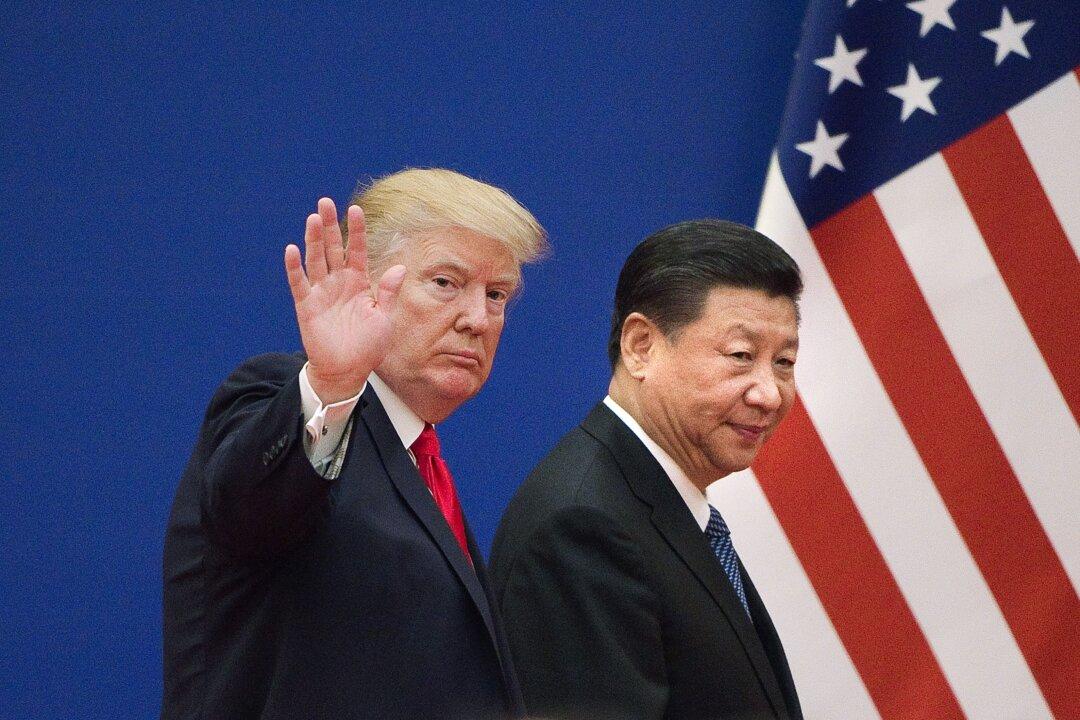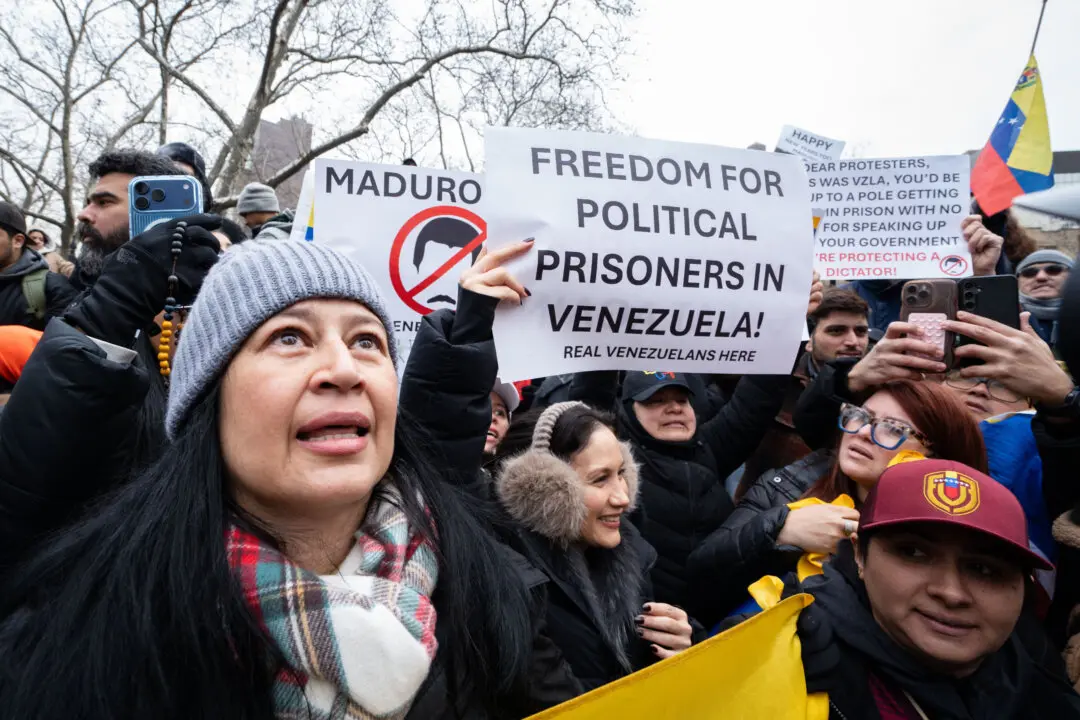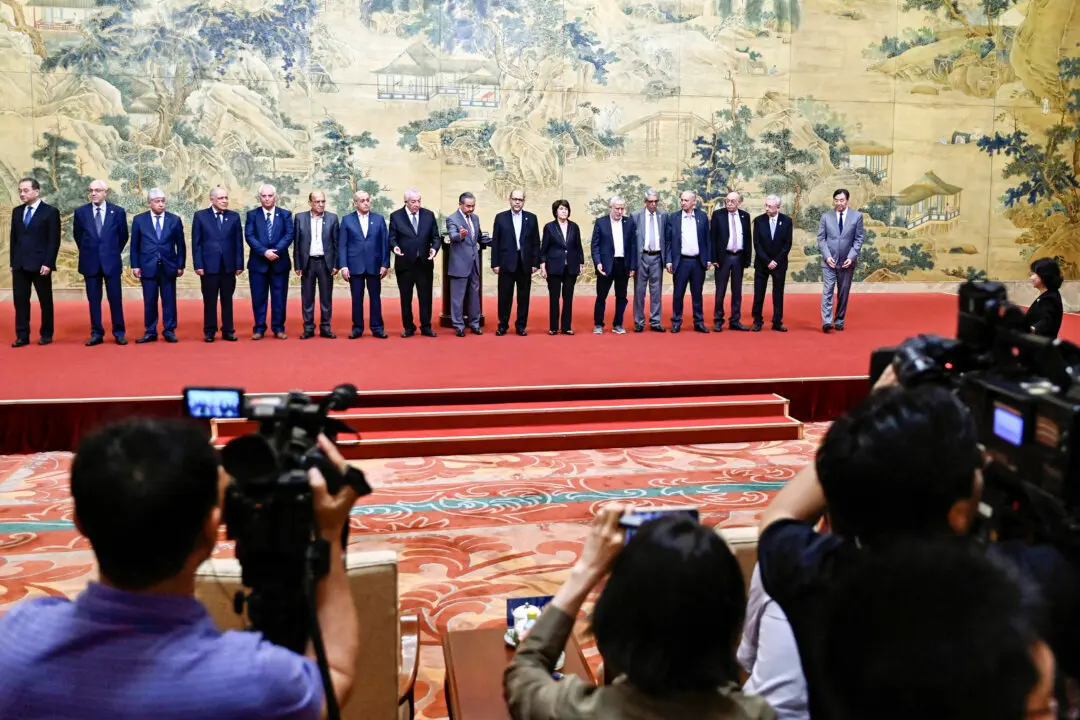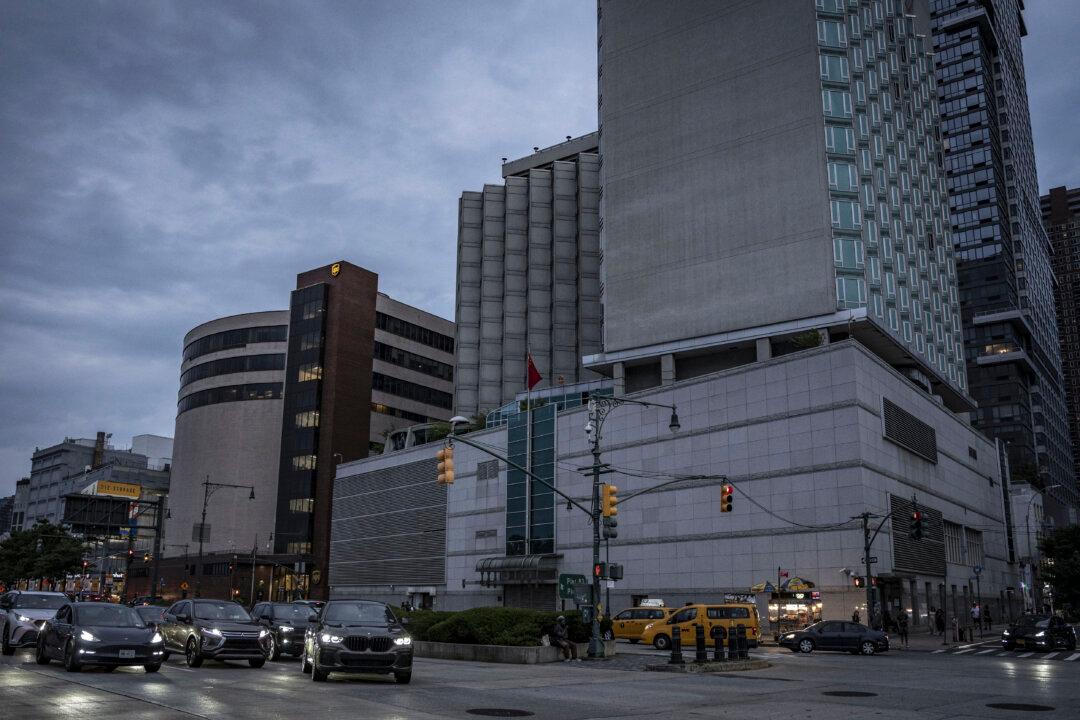Commentary
Contrary to the ridiculous propaganda flowing out of Beijing, China’s claim of being the new leader of the world rings hollow. The Chinese Communist Party’s (CCP’s) self-congratulatory messages about how it has “successfully” led China through the pandemic that it, in fact, released upon the world, is hardly a mandate for global leadership.





